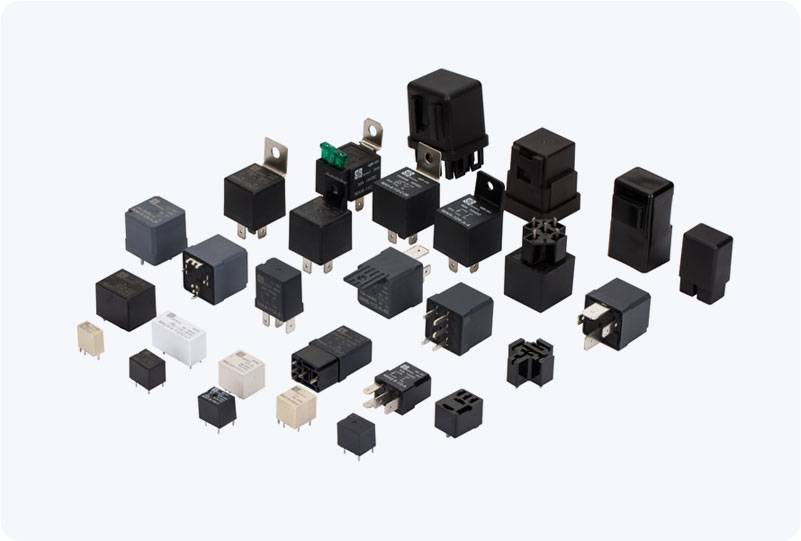In recent years, the global shift toward cleaner energy has sparked a rapid rise in the adoption of New Energy Vehicles (NEVs), including electric vehicles (EVs) and plug-in hybrid vehicles. As these vehicles rely on complex electrical systems to manage power distribution, energy storage, and vehicle propulsion, various components are critical to ensuring their optimal performance. One such component is the New Energy Vehicle Relay, a crucial part of the electrical system that helps control the flow of high-voltage electricity in an EV while ensuring safety, efficiency, and reliability.

The Role of Relays in New Energy Vehicles In the context of electric vehicles, a relay is an electrically operated switch that controls the flow of current within the vehicle’s high-voltage electrical system. It serves to connect or disconnect electrical circuits to enable or disable specific components, such as the battery, electric motor, and charging system. These relays are designed to handle high-voltage DC (direct current) circuits, which are characteristic of EVs, and play a pivotal role in managing the various subsystems that work together to ensure smooth operation. 1. Battery Management and Power Control
Leave a Reply